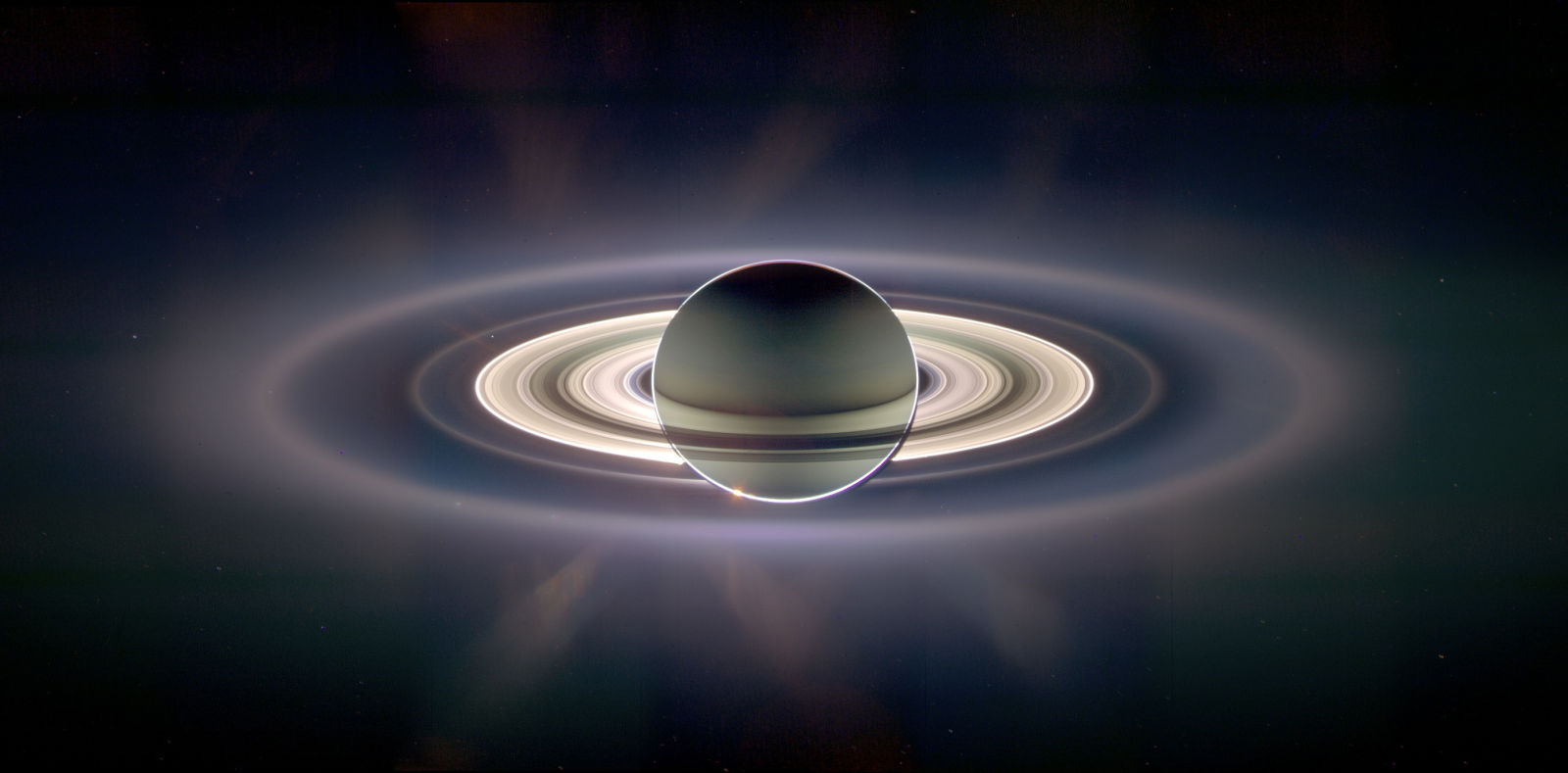-
- See also: Dusty plasmas: dynamics
Gravito-electrodynamics is the physics of the influence of gravity and electromagnetic forces on particle. The motion of solid particles in a plasma follows the momentum equation for ions and electrons:
Then depending in the size of the particle, there are four categories:
- Very small particles, where q (E + v × B) dominates over mg.
- Small grains, where q/m ≈ √G, and plasma still plays a major role in the dynamics.
- Large grains, where the electromagnetic term is negligible, and the particles are referred to as grains. Their motion is determined by gravity and viscosity, and the equation of motion becomes mvcv = mg.
- Large solid bodies. In centimeter and meter-sized bodies, viscosity may cause significant perturbations that can change an orbit. In kilometer-sized (or more) bodies, gravity and inertia dominate the motion.
References
- Kikuchi, Hiroshi, Electrohydrodynamics in dusty and dirty plasmas: gravito- electrodynamics and EHD (2001) Publ. Kluwer Academic Publishers, 2001, xx, 207 p. Astrophysics and space science library (ASSL), Vol. 258. ISBN 0792368223
- Mendis, D. A.; Houpis, H. L. F.; Hill, J. R., “The gravito-electrodynamics of charged dust in planetary magnetospheres” (1982) Journal of Geophysical Research, vol. 87, May 1, 1982, p. 3449-3455
- Mendis, D. A. “Gravito-electrodynamics and the structure of planetary ring systems” (1984) Indian Academy of Sciences, Proceedings (Earth and Planetary Sciences) (ISSN 0370-0089), vol. 93, Aug. 1984, p. 177-188.
- Mendis, D. A.; Hill, J. R.; Houpis, H. L. F., “Charged dust in Saturn’s magnetosphere” (1983) In: Lunar and Planetary Science Conference, 13th, Houston, TX, March 15-19, 1982, Proceedings. Part 2. (A83-21281 07-91) (Full text online)
